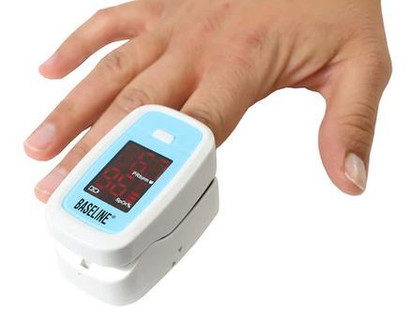Vetting a Caregiver: Step-by-Step Guide
When vetting a caregiver, it's important to take a thorough and thoughtful approach to ensure the safety, well-being, and compatibility of the person who will be providing care. Here's a step-by-step guide to help you through the process:
1. Identify Needs
- Type of Care: Determine the specific type of care required (e.g., medical, personal, companionship).
- Schedule: Decide if you need full-time, part-time, or live-in care.
- Special Requirements: Consider any special skills or qualifications needed (e.g., experience with dementia, mobility assistance).
2. Create a Job Description
- Outline the duties, responsibilities, and expectations.
- Include any necessary qualifications, certifications, or experience.
3. Search for Candidates
- Agencies: Consider using a reputable agency that conducts background checks and training.
- Online Platforms: Use trusted online platforms to find independent caregivers.
- Word of Mouth: Ask friends, family, or healthcare providers for recommendations.
4. Screen Resumes and Applications
- Review qualifications, experience, and references.
- Look for consistency in work history and relevant experience.
5. Conduct Interviews
- Prepare Questions: Focus on experience, skills, approach to care, and scenarios they might face.
- Assess Compatibility: Evaluate how they communicate and their approach to caregiving.
- Discuss Expectations: Make sure they understand the role, including duties, schedule, and compensation.
6. Check References
- Contact previous employers or clients to verify work history, reliability, and the quality of care provided.
- Ask specific questions about their performance, punctuality, and how they handle difficult situations.
7. Background Checks
- Conduct a thorough background check, including criminal history, driving record, and any certifications they hold.
- If using an agency, ensure they conduct these checks.
8. Trial Period
- Consider a trial period to observe the caregiver's interactions and performance before making a long-term commitment.
9. Draft a Contract
- Outline the terms of employment, including duties, pay, hours, confidentiality, and termination conditions.
- Ensure both parties sign the contract.
10. Monitor and Evaluate
- Regularly check in on the caregiver's performance and the satisfaction of the person receiving care.
- Address any concerns promptly and consider regular reviews to ensure ongoing compatibility.
11. Legal and Financial Considerations
- Ensure compliance with labor laws, including pay, taxes, and benefits.
- Consider liability insurance in case of accidents or injuries.
12. Emergency Planning
- Ensure the caregiver knows how to handle emergencies, including contact information and procedures.
- Discuss backup care options in case the caregiver is unavailable.
Vetting a caregiver is a process that requires diligence and care. Taking the time to find the right person can significantly impact the quality of care and peace of mind for everyone involved.
Quality medical supplies are a huge help for caregiver's daily routine and will help relieve the challenges and stress of being a caregiver. SafeWell Medical Supply carries the top name brands to help with everyday caregiver tasks from bathroom and bedroom safety to mobility needs. Check out our complete product line below by clicking on the logo!
Quality medical supplies are an important component in patient care. Provide your caregiver with the best. SafeWell Medical Supply carries the top name brands to help with everyday caregiver tasks from bathroom and bedroom safety to mobility needs. Check out our complete product line below by clicking on the logo!



















